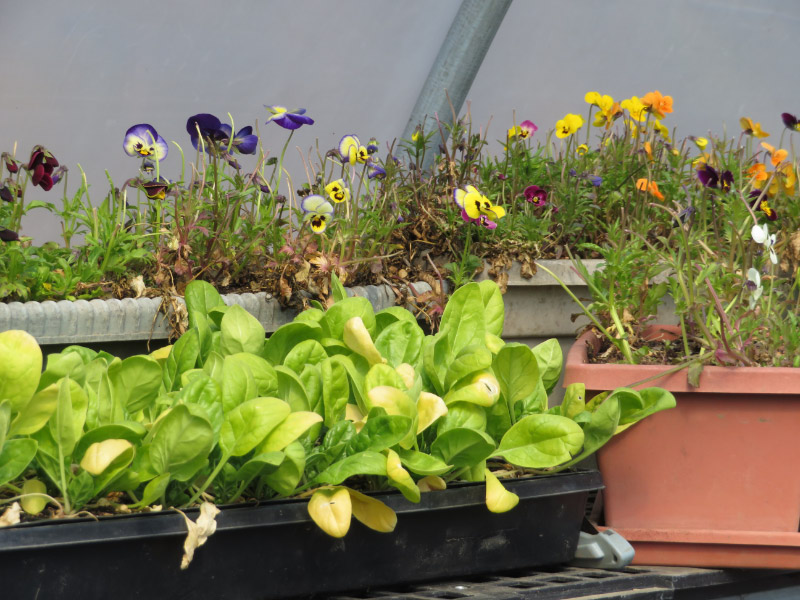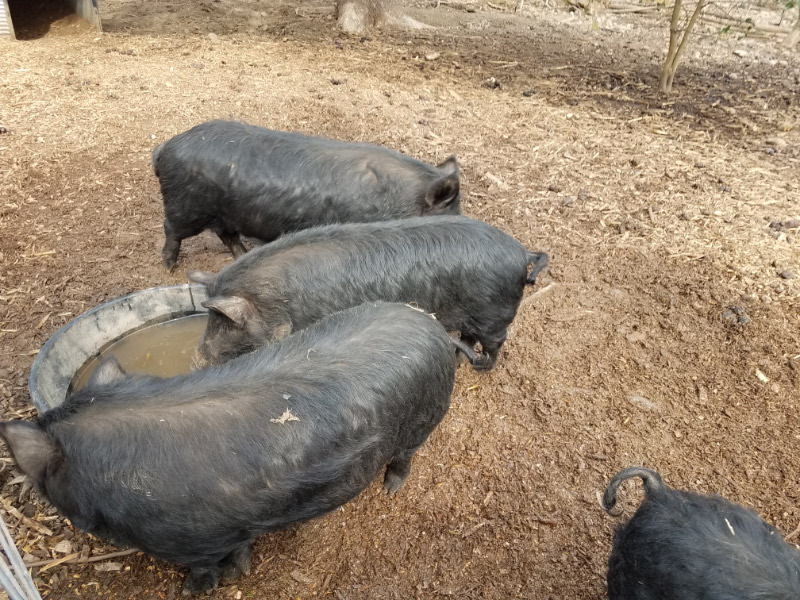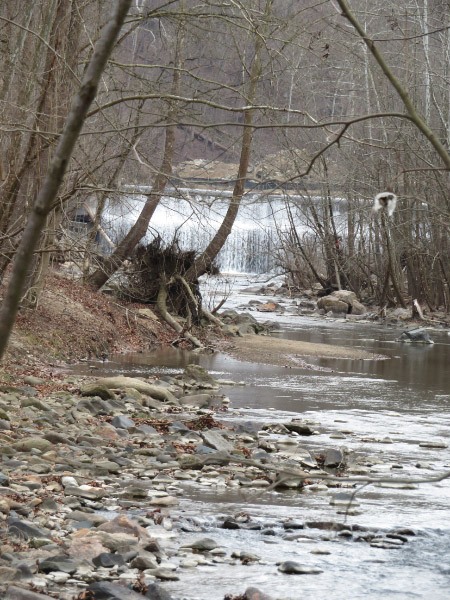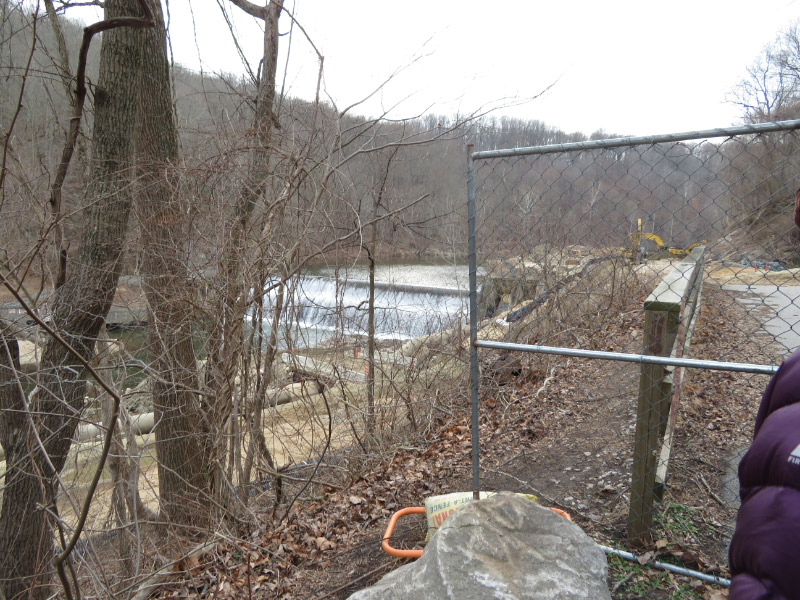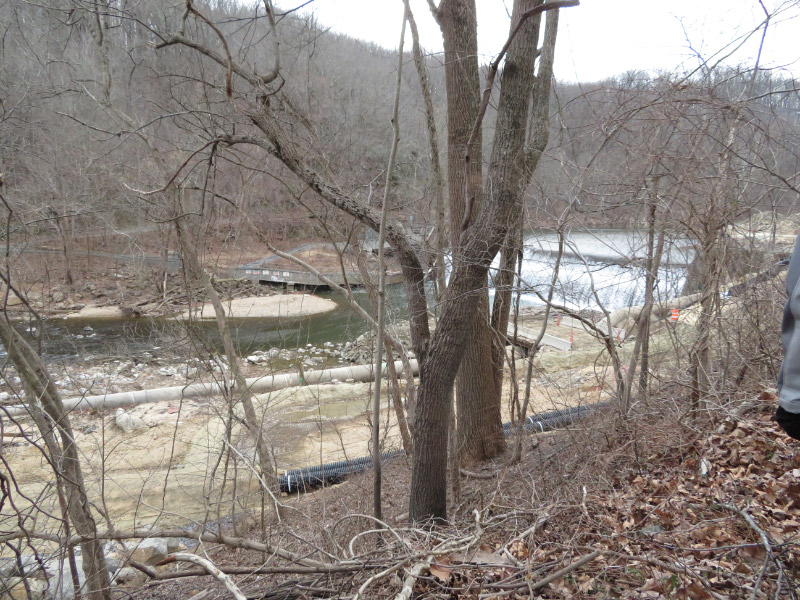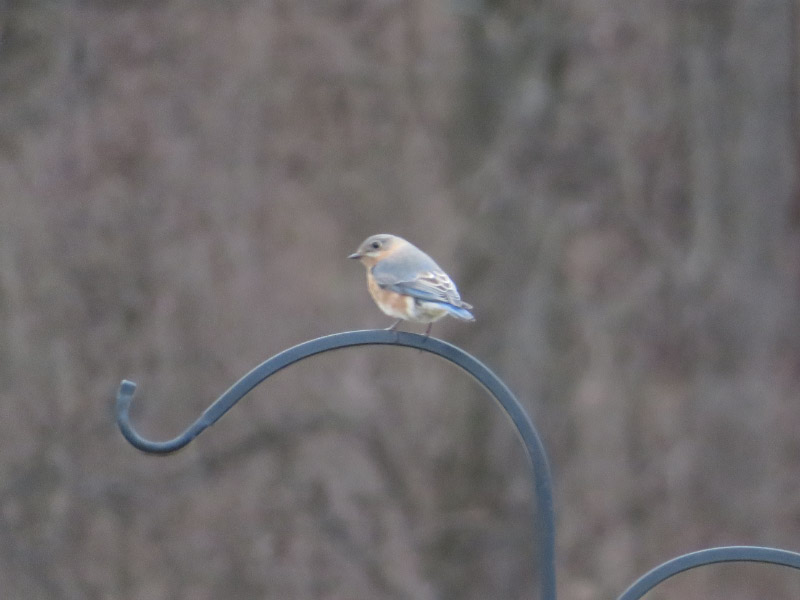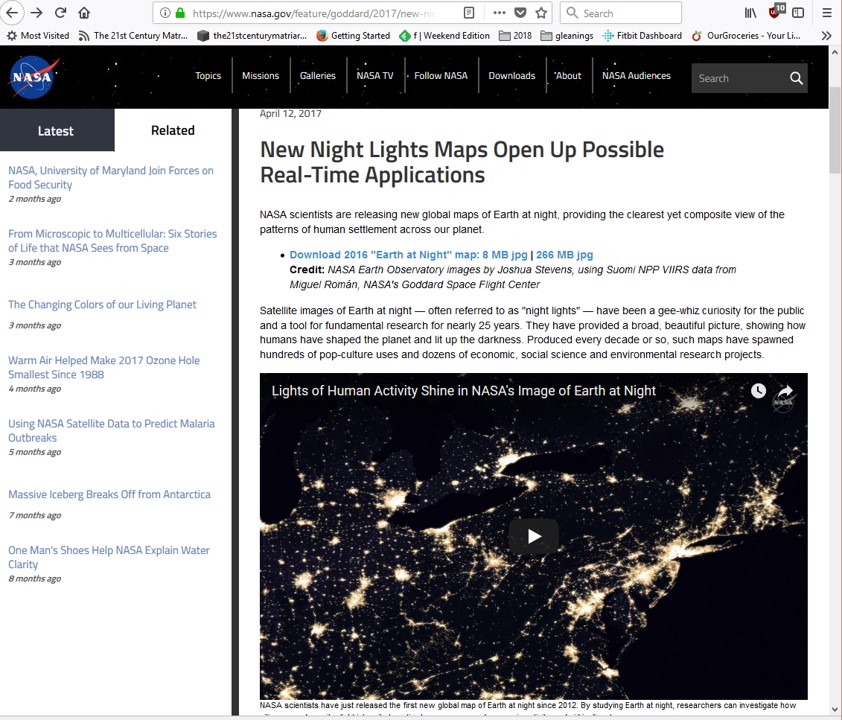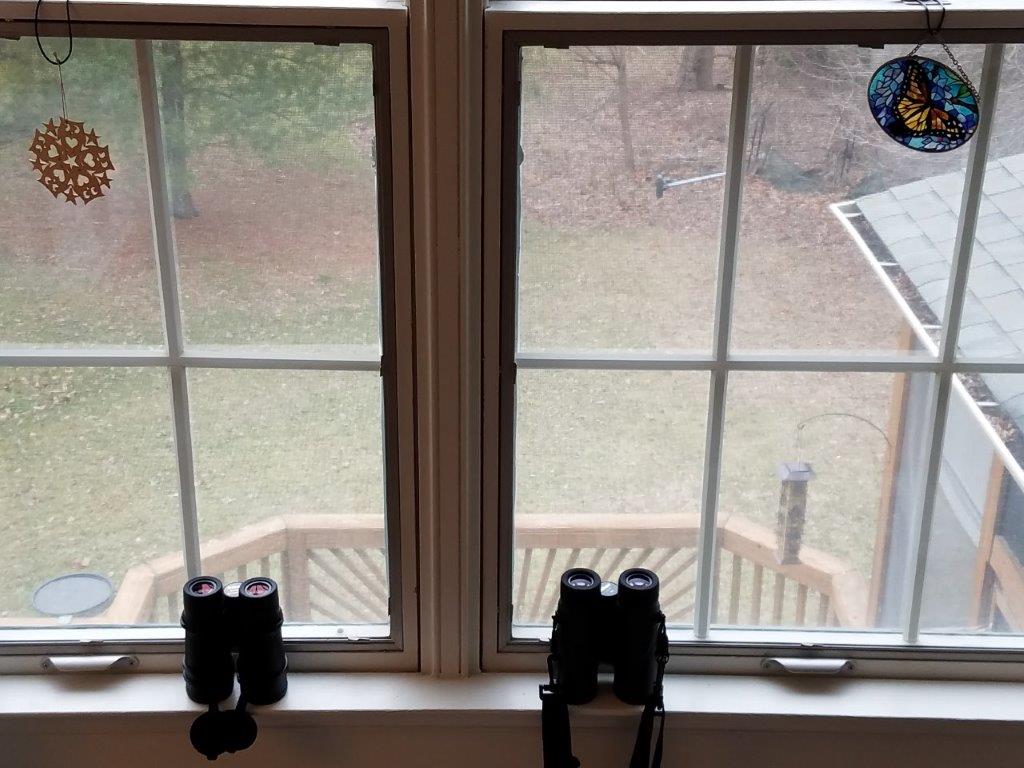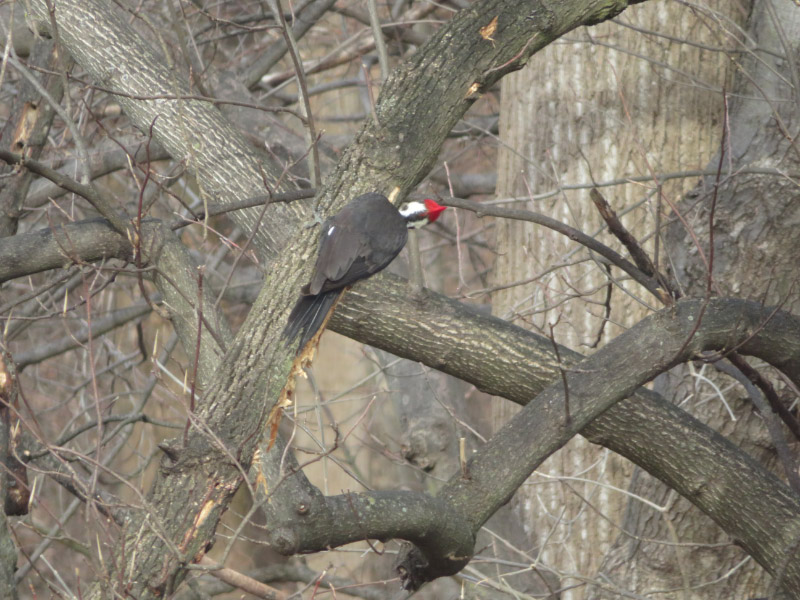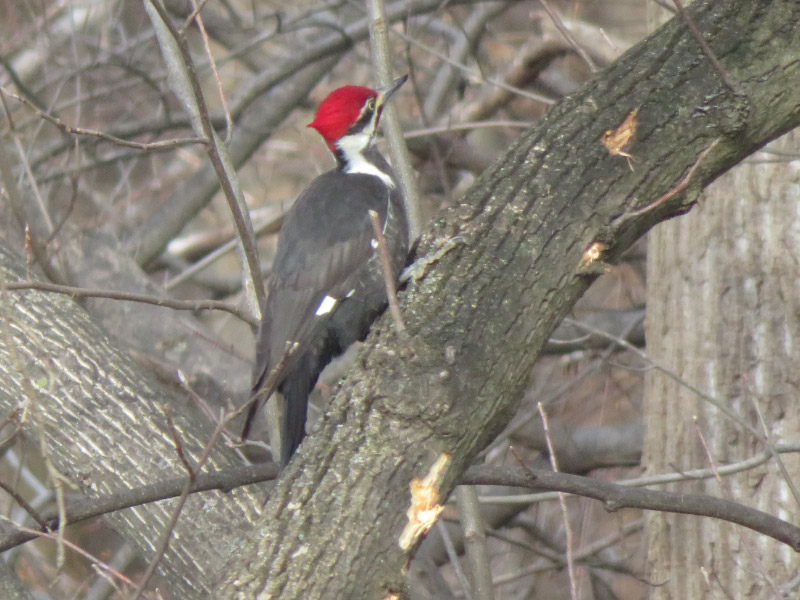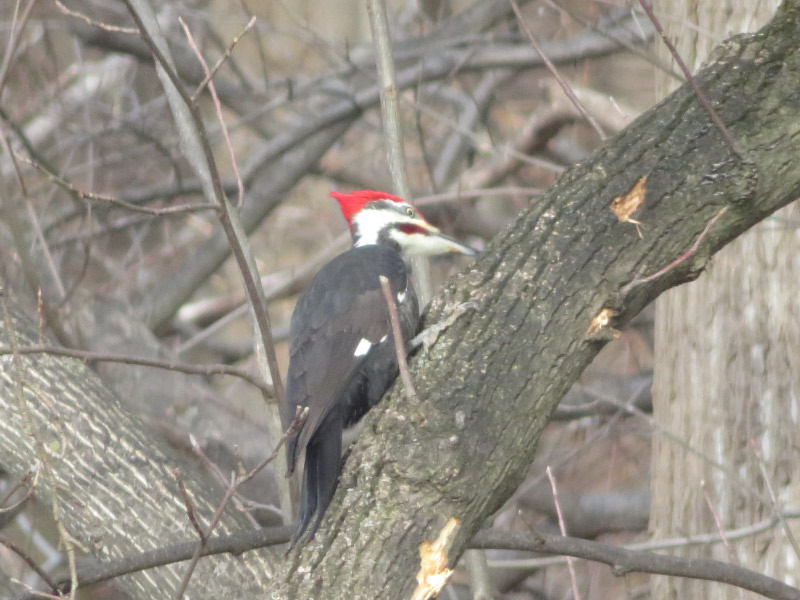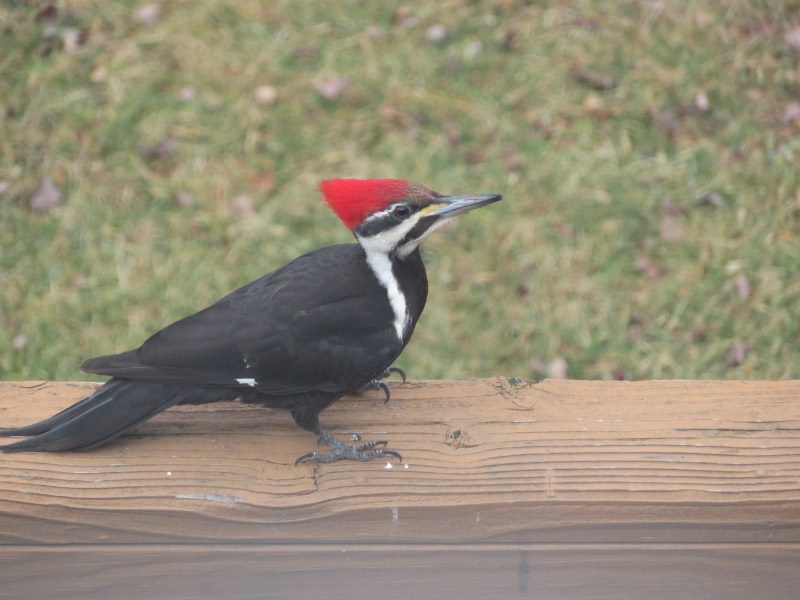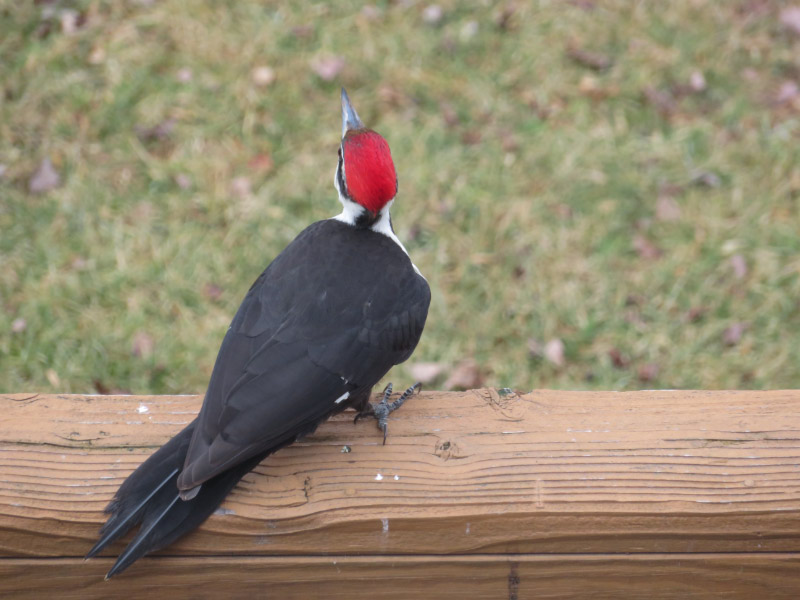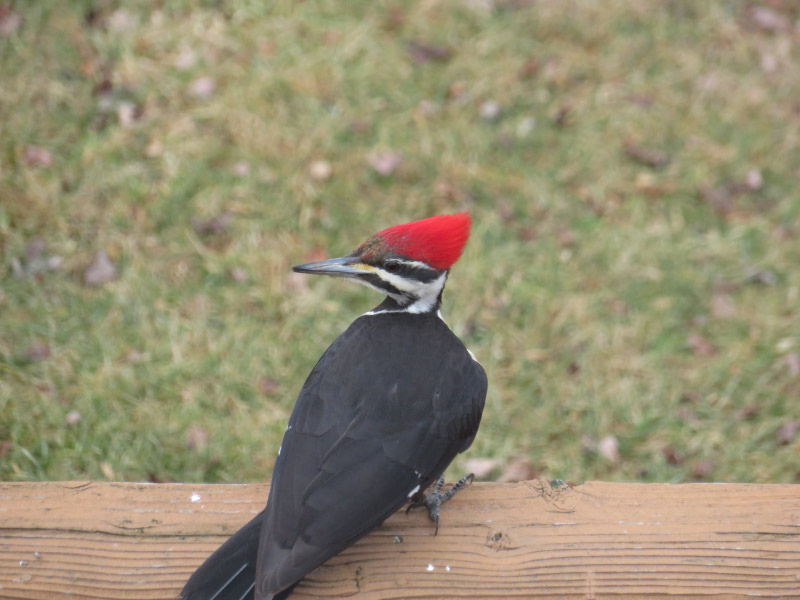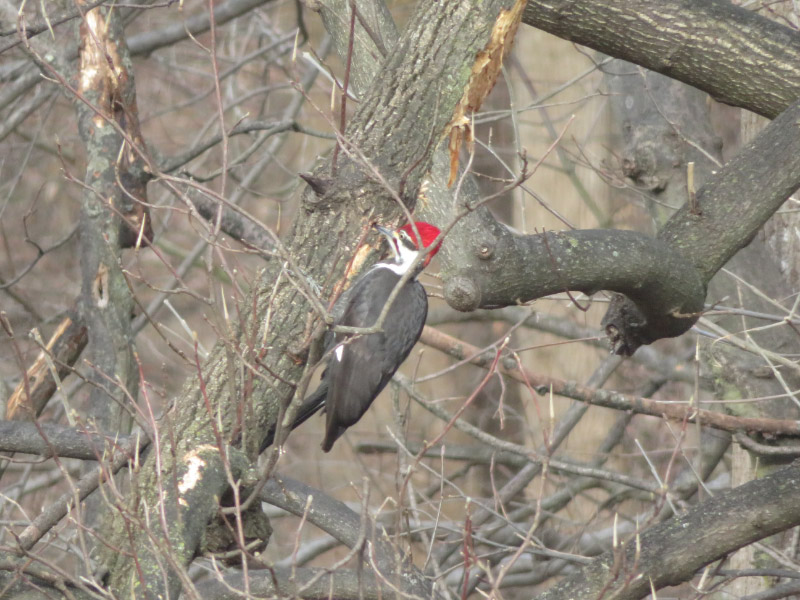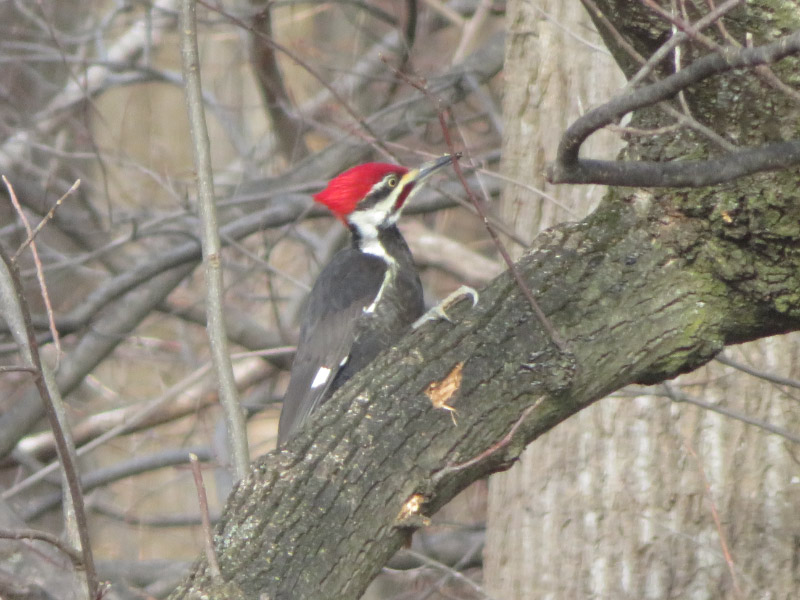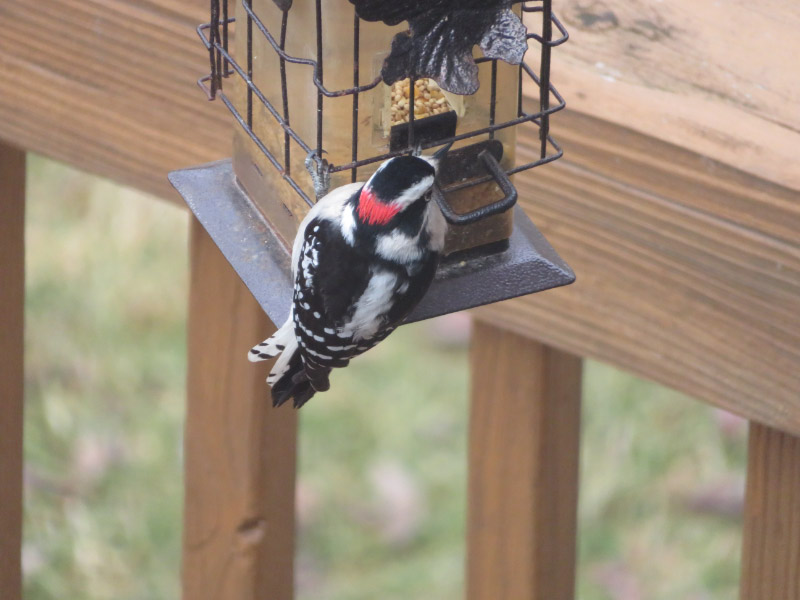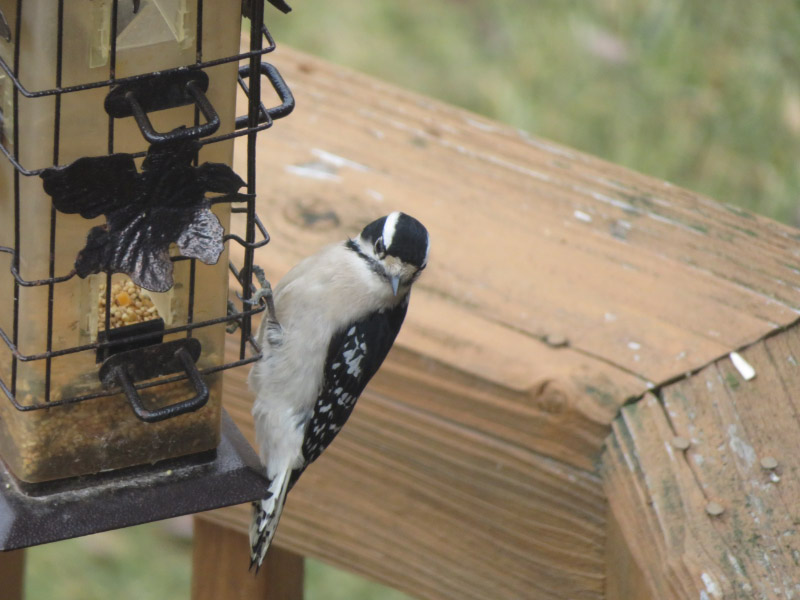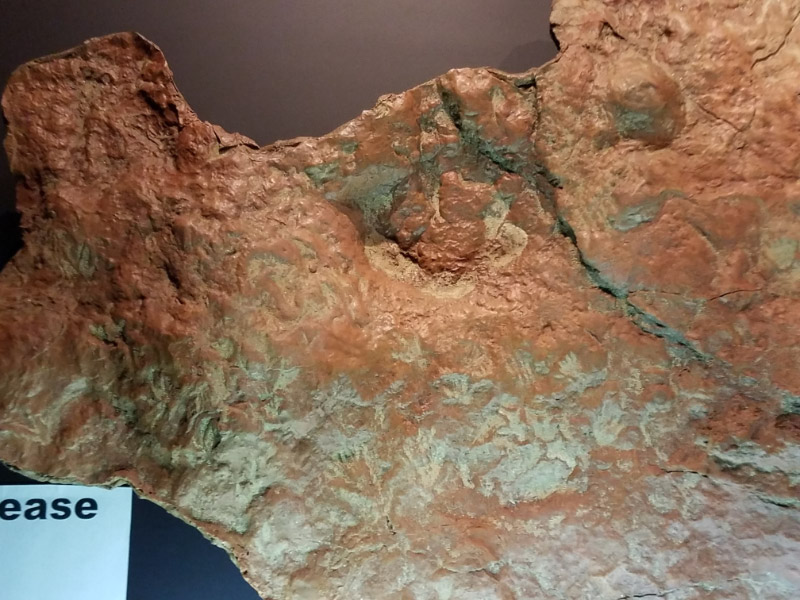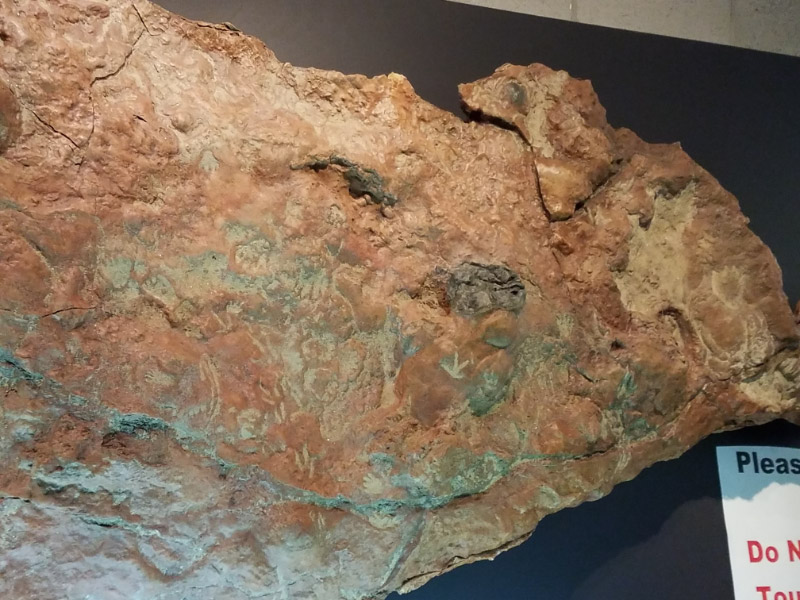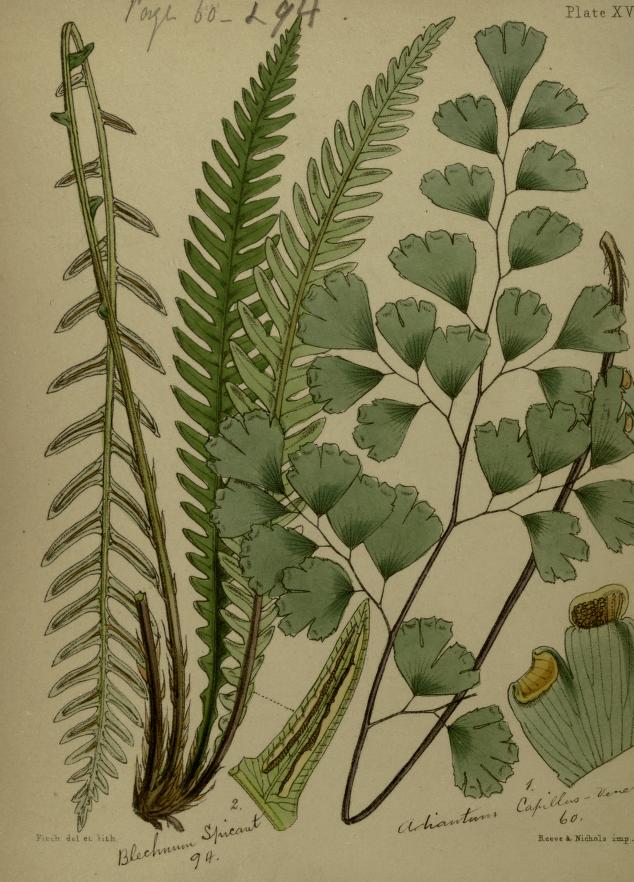iPad Adventure – Part 1
/Way back in the late 1970s, my husband and I used an Apple II when we were graduate students. I’ve used other kinds of PCs and tablets since, but my husband bought a new iPad recently and encouraged me to try it and the Apple pencil to make a Zentangle. This was my first attempt – not something I will save in any collection.
It will take some practice to get proficient but the technology is enticing….I made the leap. My husband ordered a case for me and we went to Best Buy to buy the device (two purchases: the iPad (6th Generation) Wi-Fi and Pencil). I made a place set up in my office to charge it.
I am pleasantly surprised that the apps I use all the time were easy to install and use on the iPad:
- Firefox (Set up with bookmarks synced with my PC. I’m already reading some Internet Archive books on the iPad)
- Email and calendar synced with my other devices
- Kindle for reading
- Our Groceries for sharing shopping lists with my family
I ordered a sleeve for the pencil and found an old gel pen case my daughter bought years ago that holds the pencil and cables neatly coiled for when I’m ‘on the move.’
I also ordered a case for a stylus although I’m not sure how frequently I will use it; using a stylus does reduce the fingerprint density on the screen. The pencil will fit in it without the sleeve, but I like the feel of the sleeve when I’m drawing; the pencil will probably be in the sleeve all the time.
My learning curve over the next month or so will be use learn to use Procreate, the app I’ve chosen to use for Zentangles, and I’ve started looking through the User Guide for the device/operating system.











